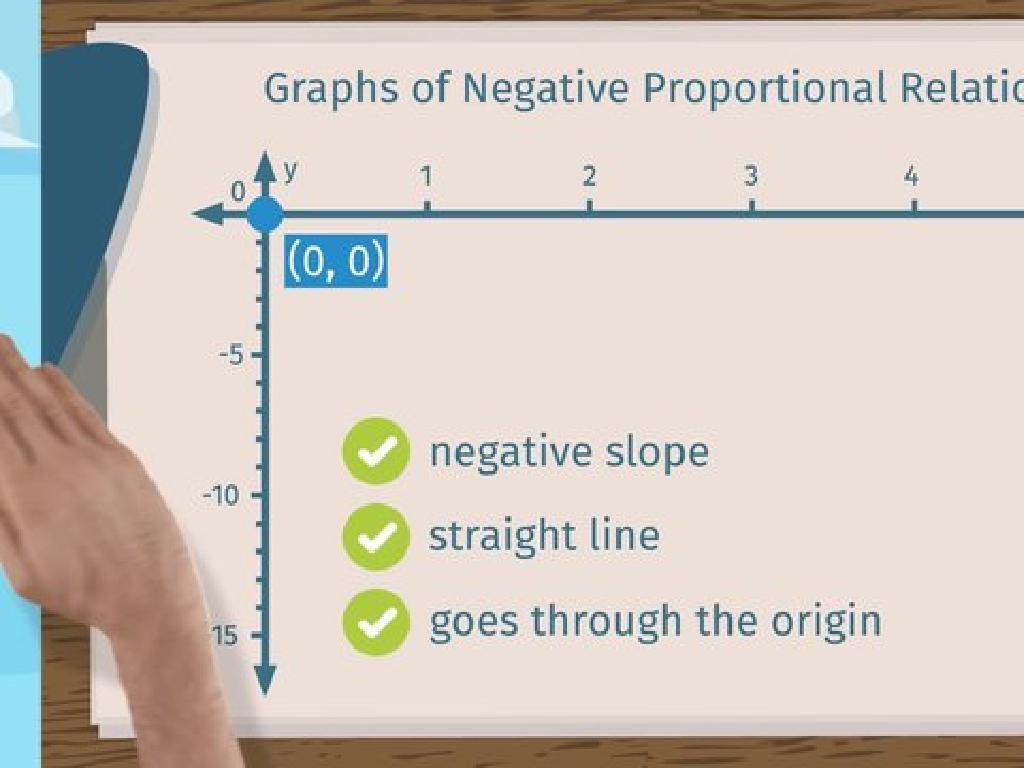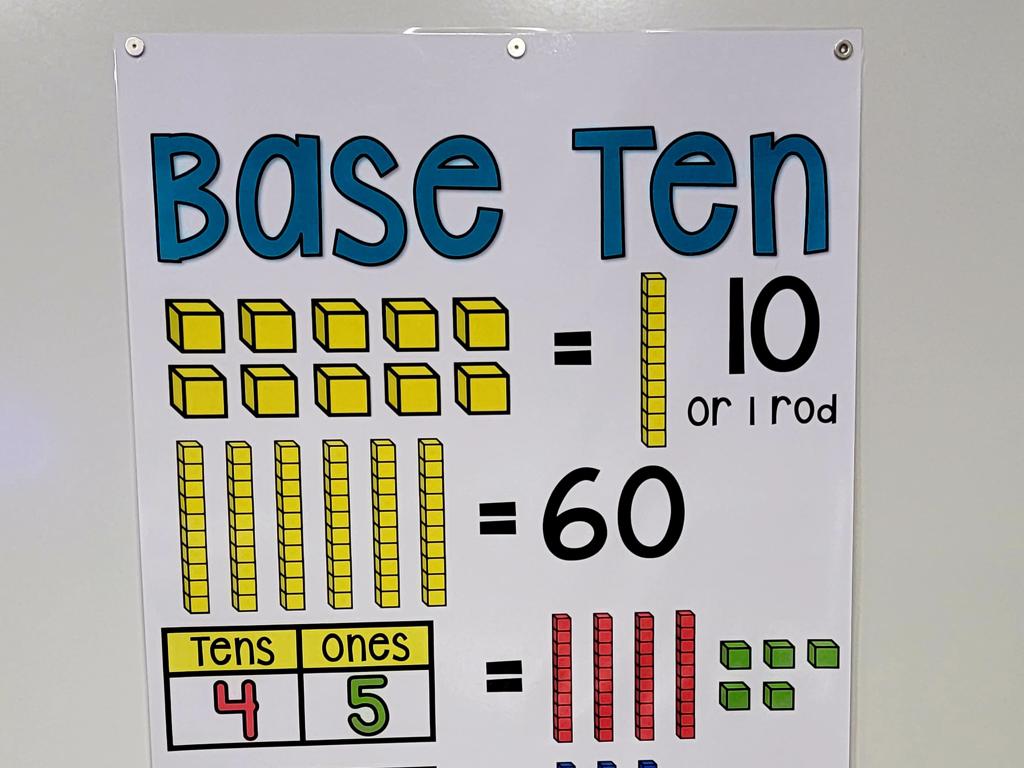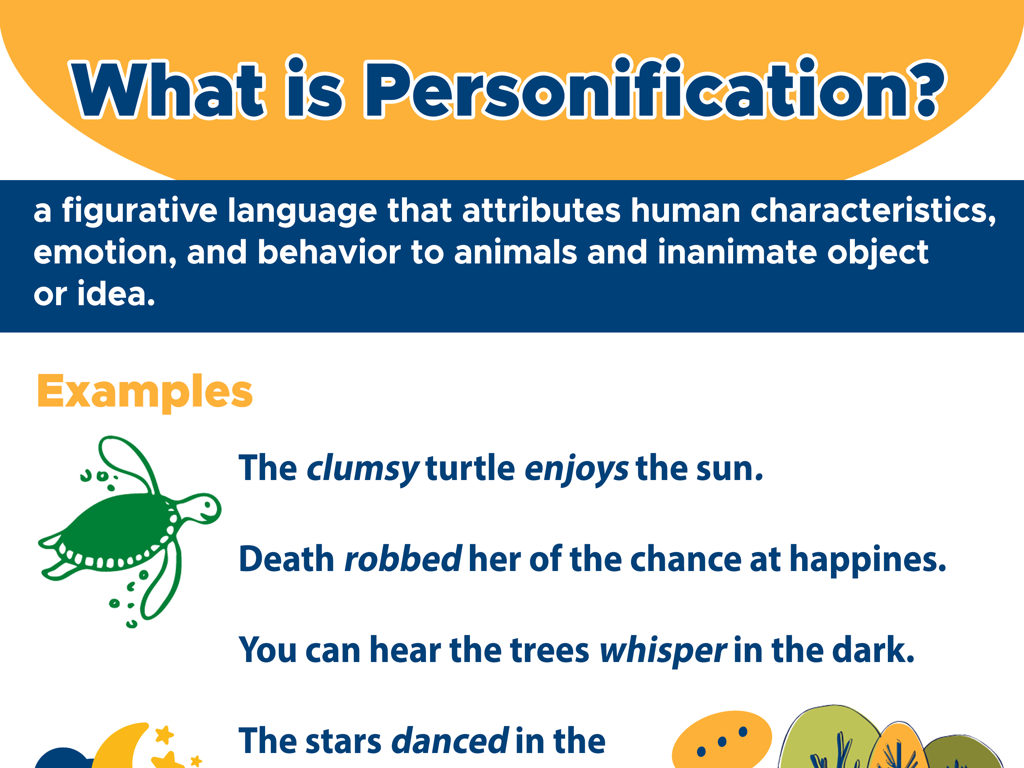Trace An Argument
Subject: Language arts
Grade: Seventh grade
Topic: Analyzing Arguments
Please LOG IN to download the presentation. Access is available to registered users only.
View More Content
Tracing an Argument in Persuasive Texts
– Grasp the essence of persuasion
– Persuasion is influencing others’ thoughts or actions.
– Define what an argument is
– An argument presents a main idea supported by reasons.
– Learn to trace an argument’s path
– Tracing involves identifying the claim, reasons, and evidence.
– Apply tracing to various texts
|
This slide introduces students to the concept of analyzing arguments, focusing on the skill of tracing an argument. Begin by discussing persuasion and its role in everyday life, from commercials to conversations. Define an argument in the context of writing, emphasizing that it’s a structured approach to presenting a viewpoint. Teach students how to trace an argument by identifying the main claim, understanding the supporting reasons, and evaluating the evidence provided. Practice this skill by analyzing sample texts, encouraging students to dissect the components of an argument. This foundational skill will enhance their critical thinking and comprehension in reading and writing.
Understanding Arguments in Language Arts
– Define an argument
– An argument is a set of statements to support a claim.
– Identify argument components
– Components include claim, reasons, and evidence.
– Understand the argument’s goal
– The goal is to persuade or inform the audience.
– Analyzing argument effectiveness
|
This slide introduces the concept of an argument in the context of language arts. An argument is not just a disagreement but a structured presentation of a claim supported by reasons and evidence. The components of an argument are crucial: the claim is the main idea or opinion, reasons are the ‘why’ supporting the claim, and evidence consists of facts and data backing up the reasons. The ultimate goal of an argument is to convince the audience of the claim’s validity. When analyzing arguments, students should evaluate how effectively the claim is supported by the reasons and evidence presented. Encourage students to think critically about the arguments they encounter in their reading and to practice constructing their own arguments with clear claims, logical reasons, and strong evidence.
Tracing the Core of Arguments: Claims
– Identify the main claim
– The main claim is the author’s primary point or argument.
– Understand different claim types
– Claims can be of fact, value, policy, or cause and effect.
– Review examples of claims
– ‘School uniforms limit self-expression’ is a claim of value.
– Analyze claims in arguments
– Look at how claims support the argument’s purpose.
|
This slide introduces the concept of claims within arguments, which is essential for students to understand when analyzing persuasive texts. Start by explaining that the main claim is the writer’s stance on an issue. Discuss the different types of claims: fact (truth of a statement), value (judgment), policy (change), and cause and effect (reasoning). Provide clear examples for each to ensure comprehension. Encourage students to identify claims in sample arguments and consider how these claims contribute to the overall effectiveness of the argument. This will help them to critically evaluate the strength of an author’s position.
Reasons and Evidence in Arguments
– How reasons back up claims
– Reasons are statements that justify a claim, like ‘Homework improves skills.’
– Evidence strengthens reasons
– Good evidence, like statistics, makes reasons more convincing.
– Identifying strong vs. weak evidence
– Strong evidence is credible and directly related to the claim.
– Analyzing evidence critically
– Evaluate evidence by checking reliability and relevance to the argument.
|
This slide aims to teach students the importance of reasons and evidence when analyzing arguments. Reasons are the ‘why’ behind a claim, providing justification and support. Evidence includes facts, statistics, or expert opinions that bolster the reasons. Students should learn to distinguish strong evidence, which is both credible and directly supports the claim, from weak evidence, which may be irrelevant or from an unreliable source. Encourage students to practice by evaluating various pieces of evidence and discussing their strength in supporting different claims. This critical analysis is key to understanding and constructing effective arguments.
Tracing an Argument: Steps and Practice
– Learn steps to trace an argument
– Understand the structure of an argument: claim, reasons, and evidence.
– Analyze a sample argument
– We’ll look at an example together to see how arguments are built.
– Practice identifying argument components
– Use a worksheet to find the parts of an argument in practice texts.
– Discuss claims, reasons, and evidence
– Learn how to distinguish between different elements that make up an argument.
|
This slide introduces students to the concept of tracing an argument within persuasive texts. Start by explaining the steps to identify the main claim, supporting reasons, and evidence provided to back up those reasons. Use a sample argument to demonstrate this process in a guided practice. Then, provide students with practice opportunities using worksheets where they will identify these components in various texts. Emphasize the importance of differentiating between the claim, the reasons for the claim, and the evidence that supports those reasons. Encourage students to ask questions and discuss their findings to deepen their understanding of argument analysis.
Evaluating Arguments: Criteria and Fallacies
– Criteria for strong arguments
Evidence quality, relevance, logical structure
– Recognize common fallacies
Ad hominem, straw man, slippery slope, etc.
– Group activity: argument evaluation
Analyze an argument’s strength in teams
– Discuss findings with class
|
This slide introduces students to the critical thinking skill of evaluating arguments. Start by discussing the criteria that make an argument strong, such as the quality and relevance of evidence, and a clear, logical structure. Then, move on to common fallacies that weaken arguments, like personal attacks (ad hominem), misrepresenting an argument (straw man), or suggesting that one step will inevitably lead to a negative chain of events (slippery slope). For the activity, divide the class into groups and assign each a different argument to evaluate based on the criteria discussed. After the activity, have each group present their findings to the class, fostering a discussion on how to identify strong and weak arguments. This will help students understand the importance of critical analysis in everyday communication.
Class Activity: Trace and Debate Arguments
– Group activity: Analyze an article
– Trace the argument’s path
– Identify the claim, evidence, and reasoning
– Prepare findings for presentation
– Engage in a class debate
– Discuss different viewpoints and understandings
|
Divide the class into small groups and provide each with a short article. Their task is to trace the argument presented by identifying the main claim, supporting evidence, and the author’s reasoning. After analyzing, students should prepare a summary of their findings to present to the class. Following the presentations, host a debate where each group shares their traced arguments and discusses the effectiveness and persuasiveness of the article’s argument. This activity will enhance critical thinking and public speaking skills. Possible variations for the activity could include tracing arguments from different articles on the same topic, comparing arguments, or even creating a counter-argument to the original article’s claim.
Conclusion: The Value of Argument Analysis
– Recap tracing an argument
– Critical thinking in arguments
– Analyzing arguments strengthens our ability to think critically.
– Class discussion on real-life application
– How can identifying arguments benefit us in daily life?
– Reflect on skills learned
– Consider how these analytical skills can improve our decision-making.
|
As we wrap up our lesson on tracing an argument, it’s important to review the key points we’ve covered. Emphasize the role of critical thinking in dissecting and understanding arguments, not just in academic settings but in everyday life. Encourage a class discussion on how these skills can be applied outside of school, such as in understanding advertisements, news reports, or resolving conflicts. This reflection helps students see the practical value of what they’ve learned and how it can be used to make informed decisions. Provide examples such as evaluating claims in a commercial or understanding both sides of a community issue. This will help solidify their understanding and appreciation of the skills they’ve developed.






